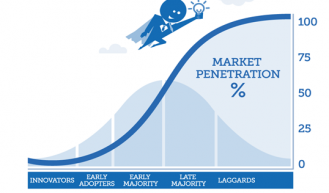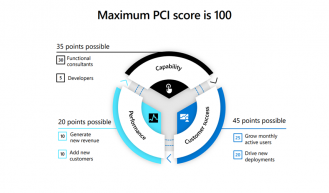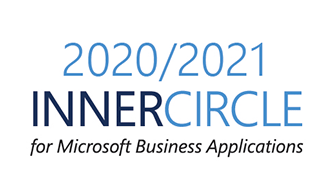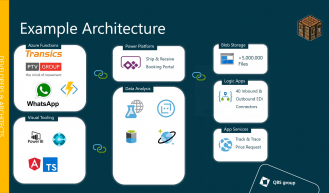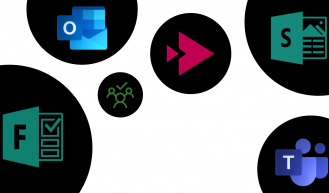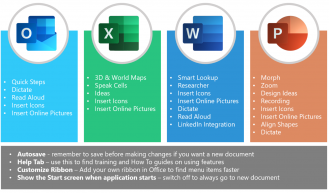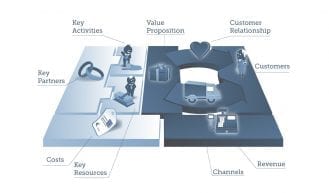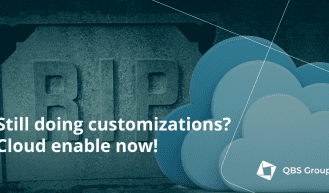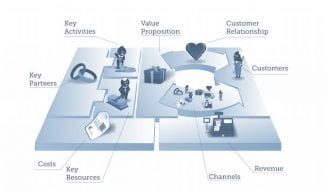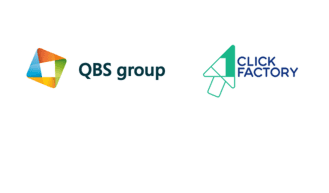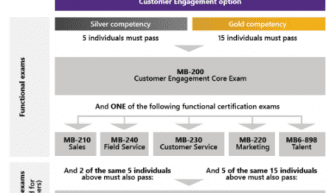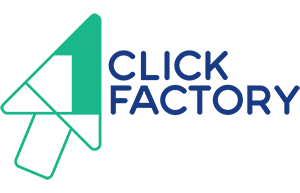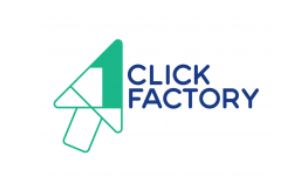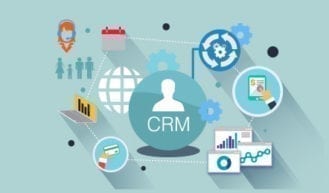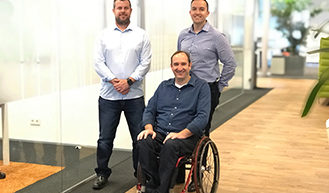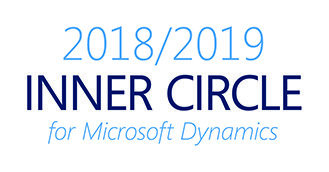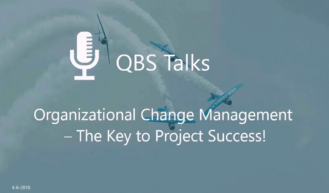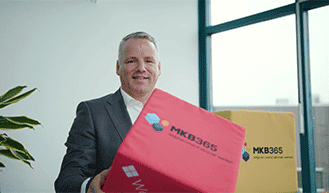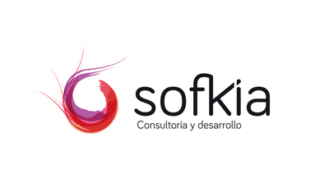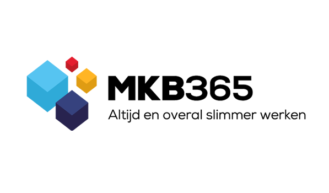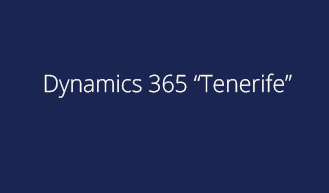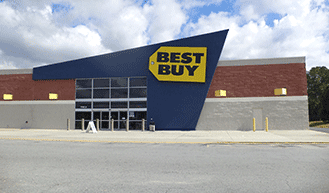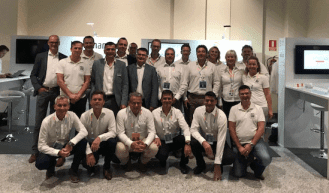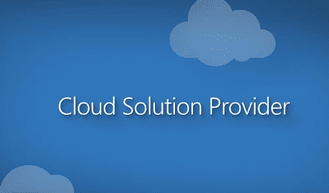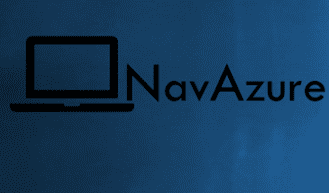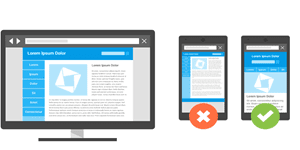eLWIS Has Left the Building – Goodbye to Customization of ERP Systems
Dynamics 365
Office 365
QBS group
Strategic
If you are in the ERP-industry, you have undoubtedly heard about how German retailer Lidl have stopped and written off €500M on a 7-year attempt to customise SAP to support their business processes. (The project carried the name eLWIS – elektronische Lidl WarenwirtschaftsInformationsSystem – pronounced “Elvis” in German.)
While only very few companies can survive a €500M write-off, the incident is an excellent example of what most SMBs have come to learn over the years: customisations are risky, expensive and becomes an anchor to the past.
What is customisation?
Customization falls into six categories:
- User Interface changes
- Reports, documents and forms
- Workflow setup
- Integration to other applications
- Modification of standard functionality
- Extension of functionality
While the first three items are all pretty harmless, the last three have shown to be where the problems start. Integrating with external applications and modifying or extending the functionality of the ERP system have proven to be tricky paths to walk down.
Then why do companies choose to do it anyway?
The history of ERP-systems for the SMB market
The PC revolution that started in the mid-1980’s brought information technology to the SMB market. The demand for standard software applications exploded, and as the prices came down, SMBs were fast to invest in the new productivity enhancement opportunities. Where the new shrink-wrapped software could support the same tasks across industries, the early ERP packages only had limited functionality and very limited support for industry-specific needs.
It was Navision that invented the idea of adding an SDK (Software Development Kit) to their core application allowing resellers and their customers to change and extend the functionality. For two reasons that became a huge success:
- It provided a framework for accommodating the need for additional functionality.
- Resellers and customers could use it themselves and therefore avoided making Navision the bottleneck for further development.
With Navigator AL (Application Language) and Concorde XAL (eXtended Application Language), Navision built a new industry where value-added resellers helped thousands of SMB customers with IT support for their business processes.
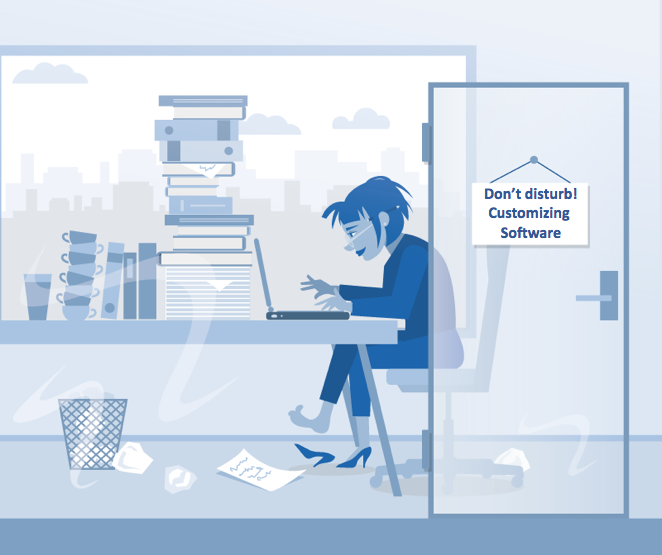 However, as time went by two lessons were learned:
However, as time went by two lessons were learned:
- Customizations are development projects. They can and sometimes do go wrong.
- Customisations are tied to a specific version of the software and to the people who did them.
Companies became more reluctant to the idea of changing the software and started demanding standard solutions instead and opting for adapting their business processes to the software.
The statement “all companies are different” may be true, but management soon found out that singing that song could lead to substantial investments in software projects. “Maybe companies are not that different after all and maybe we can learn to run our processes better by changing them rather than changing the software,” became the new mantra.
The proliferation of vertical and horizontal solution
The ERP vendors and their resellers read the writing on the wall and started to develop more vertical and horizontal functionality that could be shared by more customers. What previously required customisation now became available off the shelf. But most of it was still tied to specific versions of the software, and while it was no longer the individual customer’s headache, the resellers had to recoup the investments in upgrading whenever a new core was released by the vendor.
All good things come from above

The final alternative to customisations in the core software came with the introduction of the ASP (Application Software Provider) and later SaaS (Software-as-a-Service) delivery formats. What we now know as Cloud-based solutions.
Moving the entire IT-infrastructure out of the companies and into big specialised data centres operated by the vendors offered so much value for all type of customers. The demand started at the bottom of the market, but it gradually became apparent that larger companies could also benefit.
But Saas and customisations don’t go well together (normally *). The advantage of SaaS is closely related to all customers running on the same version of the software.
Today, after the software industry has invested trillions of dollars in new architectures, we have reached a stage where configuring the standard software can accommodate most of the needs for customisation. The core software can cover more functional areas that you can turn on and off as required. It is no longer one huge monolithic system, but a suite of best-of-breed collection of applications that is designed to communicate with each other.
The competitive value proposition today
“Our competitive advantage is that we have a solid understanding of what standard functionality Dynamics 365 offers and the ability to guide our customers to a solution that requires as little customisation as possible”, says a CEO of a Microsoft reseller. “Where our competitor recommends his proprietary solution or meeting the customer’s requirement with an extension, we do the opposite. However, doing so requires that we understand both the customer’s business and Dynamics 365 intimately.”
The CEO also explains that just ten years ago 50 per cent of their staff were programmers and other technical people. Today that number is 25 per cent and declining.
“Our customers want and are prepared to pay for business consulting, where we guide them in finding the most effective way of using what’s already there,” says the CEO. “We employ civil engineers, chartered accounts and economists and invest heavily in training them in Dynamics 365. We also cover many more domains today than we did ten years ago. Our customers expect us to also help them with SCM, CRM, HR, PLM and all the other areas that need IT-support.”
While the primary competitive advantages today may be product and industry insight serving the SMB market, it also requires vertical solutions.

“SMB customers want out of the box solutions,” says an industry consultant, “so vertical solutions are in higher demand than ever. But your vertical solutions must follow the architecture prescribed by your vendor. The days of lock-in are over. The customers have learned the value of staying up to date, keeping their options open and do not want to be monopolised”
The future of ERP solutions
Improving productivity and competitiveness through the application of ERP software will still be in high demand. But companies reject the principle that just one system must cover all needs. The nature of managing your supply chain, planning your production, serving your workforce and generating customers for your business are very different. Therefore, ERP solutions move away from one monolithic system to a suite of integrated best of breed solutions.
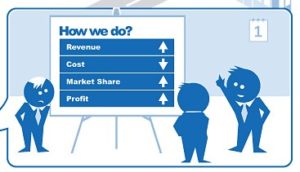
Customers want more business process support and less hardware and software. They want the solutions delivered from the Cloud. They want to replace CAPEX (capital expenditure) with OPEX (operational expenditure) and distribute the application selection responsibility to their line managers.
These trends have profound impact on the skillset of the ERP-resellers and implementation companies.
- Companies expect their ERP partner to provide inspiration and guidance on how their solutions can improve their productivity. They want business consulting.
- Companies expect their ERP partner to have intimate knowledge about the solutions they are promoting and how to best apply the standard functionality to meet their specific needs. They want application consulting.
- Companies expect their ERP partner to tie it all together providing transparency, improving productivity and avoiding redundancy. The want integration consulting.
There will still be a need for customer specific solutions, but the architecture will be different:
- Most customization can be done by configuring the standard.
- Changes and extensions will be made outside the core using APIs provided by the vendor.
- Cross-company coordination will be provided by tying the applications together.
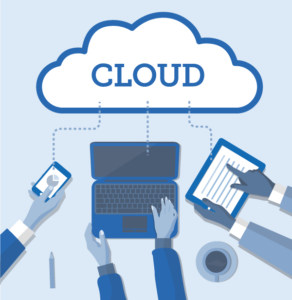 Integrating software applications was previously a complicated and expensive endeavour. Mainly because the software was not designed to be integrated, was controlled by different vendors and took uncoordinated directions of development.
Integrating software applications was previously a complicated and expensive endeavour. Mainly because the software was not designed to be integrated, was controlled by different vendors and took uncoordinated directions of development.
With Dynamics 365, Microsoft has completely changed the playing field. They have set out to provide their resellers and implementation partners with the suite of tools they need to meet the demand from the market. Each application is designed to satisfy the specific needs of the customer’s various lines of business (business management, analytics, SCM, manufacturing, HR, marketing, sales, customer success etc.). And the applications are all prepared for integration forming a coherent and transparent business solution for the individual customer. Delivered from the Cloud and designed so customers can stay up to date and take advantage of new technology and facilities as they become available.
To win the SMB market for business software Microsoft will continue to invest heavily in Dynamics 365. And I’d say they are well positioned with a very comprehensive package and the biggest reseller network in the world. If these resellers can manage the shift from the “tell me what you want, and I can program it” mindset and become business, application and integration consultants, then I see no reason why Dynamics 365 should not grow to enjoy the same level of market share as Office 365.
*With Microsoft Dynamics 365 Business Central this is for sure possible though – and with less “tied hands” feeling for customers – via Extensions.
MORE ARTICLES
You may also find this interesting
-
Position NAV as stepping stone for more Dynamics 365 ‘Tenerife’ deals

Since the introduction of the Dynamics 365 Business Edition in the US and Canada late 2016, the position of Dynamics NAV is under pressure! Competitors took the chance to position NAV as an old-fashioned solution and that’s a direct threat to your NAV business!
What people say about QBS Group
- Giuseppe Sica
CEO at Info Studi
We’ve published a Business App for Dynamics 365 Business Central: QBS partnership joined a key role and so we are the first in Ita
- Ferry Schrijnewerkers
Owner en Co-founder at MKB365
Since the start of our company 4 months ago, we have already completed 12 Dynamics 365 for Sales implementations.
- Jan Penning
Managing Director
The QBS Academy helps us by offering a practice-oriented program that is tailored to our needs as a Dynamics partner.
- Ricardo Cartagena
CEO
The Dynamics 365 Acceleration Program has enabled us to acquire the global perspective of implementation of Dynamics 365 for Sales
- Ronald Hoek
Co-founder MKB365
"We are ready for Dynamics 365"
- Joaquim Antón Gimeno
GRUPO CHOICE
"Our relationship with QBS group allows us to improve our marketing strategy."
- Sofkia
"Our alliance with QBS group has been very important in the development of our business strategy."
- VS Sistemas
"QBS group helps us build our road to success."
- Berith Skov - C2IT Business Solutions
“We are very satisfied with the services provided by and through QBS group."
- Herke ICT Group- Karing Buzing
We are once again part of a NAV community.
- Owe Loonstra - Verito
Manager Sales & Marketing
The fact that we belong to a larger organisation gives our customers security.
- Adfocom - Jeroen Kersten
Partner Care saved us a lot of time.
- NavAzure - Michael Francois Knudsen
“It is important to me, that I through QBS become part of a greater network, where partners can share experience"
- Blisss - Dirko Wijers
Without the help from QBS group we wouldn’t have succeeded.









